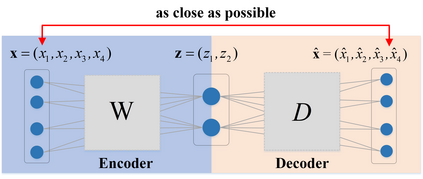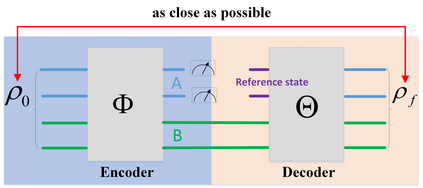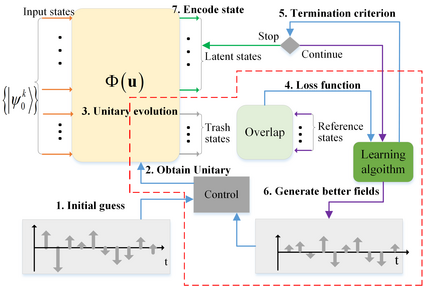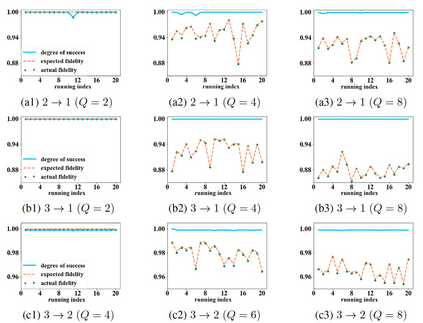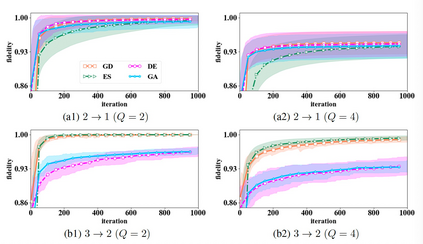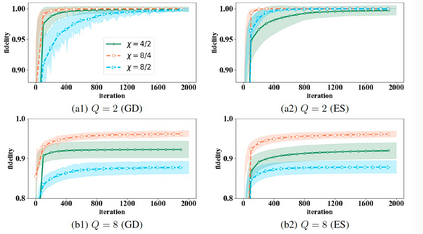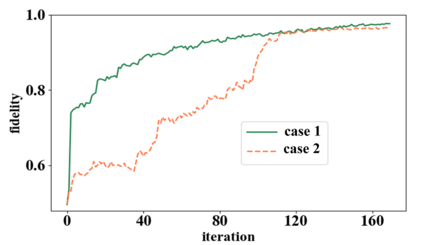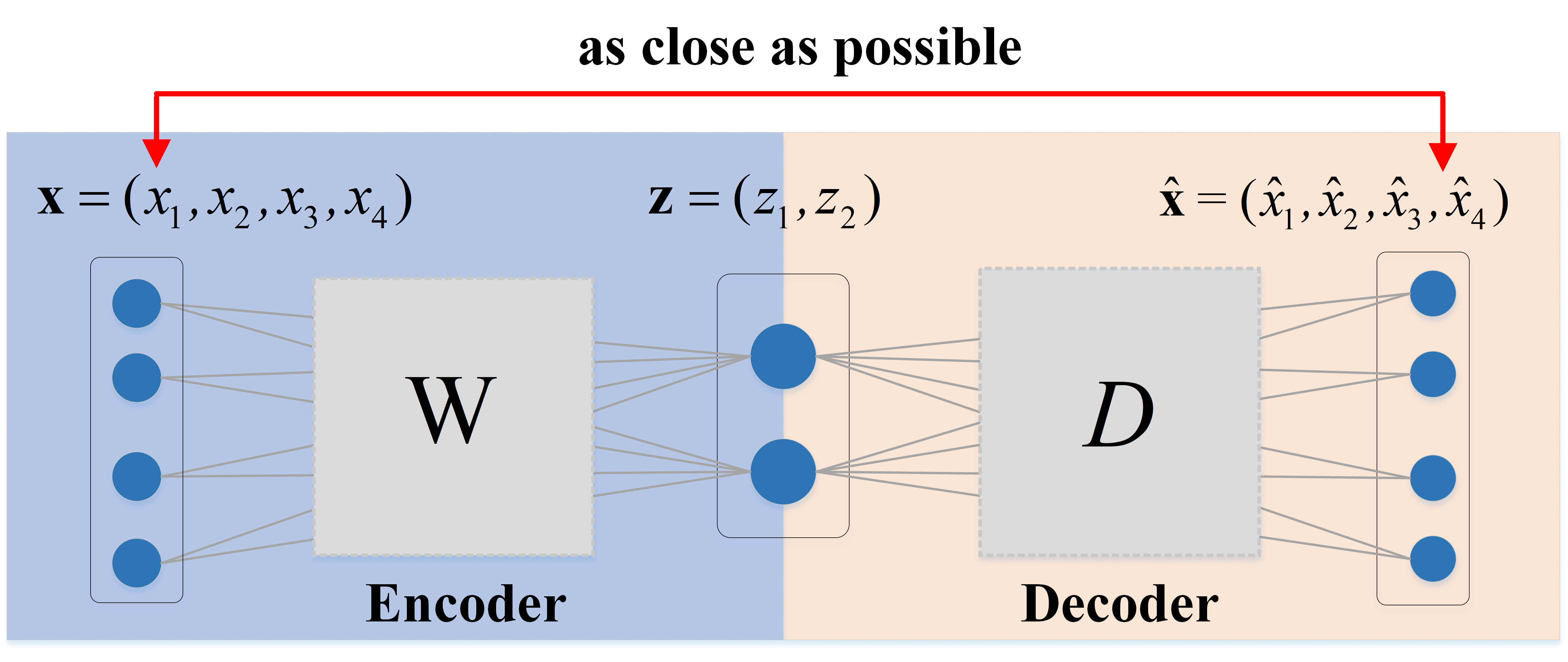Quantum autoencoders which aim at compressing quantum information in a low-dimensional latent space lie in the heart of automatic data compression in the field of quantum information. In this paper, we establish an upper bound of the compression rate for a given quantum autoencoder and present a learning control approach for training the autoencoder to achieve the maximal compression rate. The upper bound of the compression rate is theoretically proven using eigen-decomposition and matrix differentiation, which is determined by the eigenvalues of the density matrix representation of the input states. Numerical results on 2-qubit and 3-qubit systems are presented to demonstrate how to train the quantum autoencoder to achieve the theoretically maximal compression, and the training performance using different machine learning algorithms is compared. Experimental results of a quantum autoencoder using quantum optical systems are illustrated for compressing two 2-qubit states into two 1-qubit states.
翻译:旨在压缩低维潜空量信息的量子自动自动解密器位于量子信息领域的自动数据压缩核心。 在本文中, 我们为给定的量子自动解密器设定了压缩率的上限, 并展示了用于培训自动解密器以达到最大压缩率的学习控制方法。 压缩率的上限在理论上用egen- decomposition 和矩阵差异来证明。 这些数据由输入状态密度矩阵代表的量子值决定。 2- qubit 和 3- qubit 系统中的数值结果展示了如何培训量子自动解密器实现理论上的最高压缩, 并比较了使用不同机器学习算法的培训绩效。 使用量子光学系统的量子自动解密器的实验结果用于将两个 2 qubit 状态压缩成两个 1 qubit 状态。

